Join myMLA
One username and password for key integrity and information Systems (LPA/NVD, NLIS, MSA & LDL).
Making more from larger primals
Primal focus: beef striploin
FAST FACT: MLA’s latest grocery-shopper data reveals that consumers are eating smaller portions of protein due to cost and health recommendations.
Where does that leave the ‘larger primals’?
By thinking outside the square and “sub-primalling”, you can create smaller steaks to suite your customers’ needs.
The beef striploin is a good example to start with – suppliers often struggle to sell these larger-sized beef cuts into retail and foodservice outlets.
A 250g boneless sirloin steak cut from a larger primal is often cut thin to hit the weight specification, which can affect the eating quality of the steak. By following the steps below, you can use these larger striploins to create thicker, smaller medallion-sized steaks that are the right portion size and price for your customers.
TIP: Use the larger spec primals to retrieve a higher yield and profit.
Beef striploin (HAM 2140)
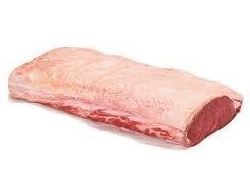 |
Utilise larger primals (grain or grass) to create small, convenient steaks and small-diameter beef roasts. This will help to reduce waste. | |
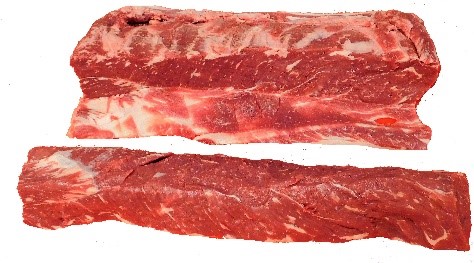 |
Step 1: Split striploin. Remove/scoop the log of beef from the dorsal edge of the primal, leaving fat attached to the side of the primal (chain can be left on or removed). | |
 |
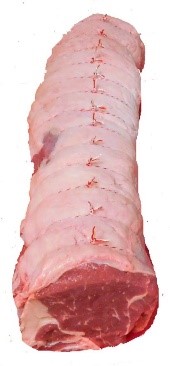 |
Step 2: Truss ventral portion of striploin, pulling the fat cover around the roast. |
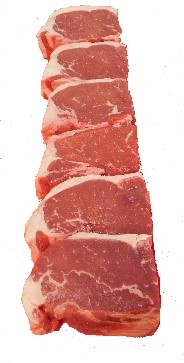 |
 |
Step 3: Portion into thick steaks. Retain rump end for roasting or thin slice. |
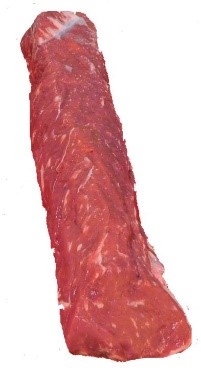 |
 |
Step 4: Use dorsal edge of striploin for roasting or portion into medallion-sized steaks. |
| Step 4: Place in the window near one of MLA’s cooking instruction tickets. | ||
More information:


